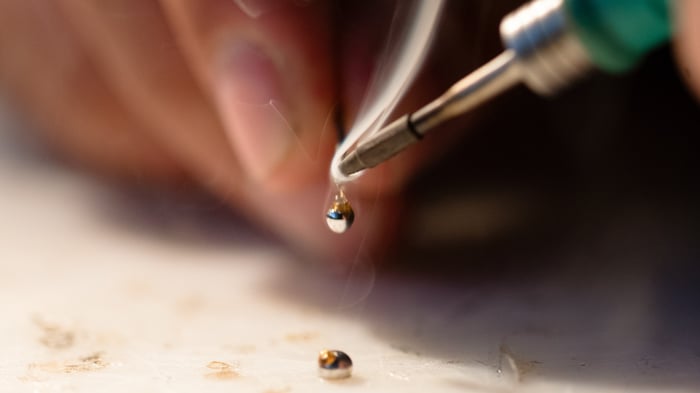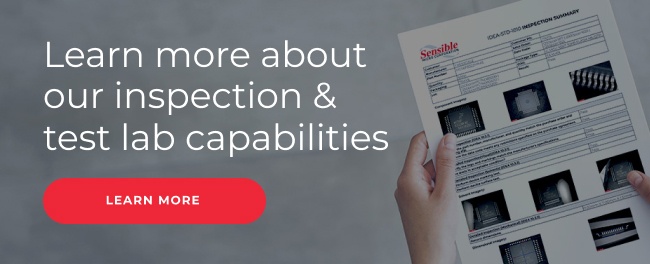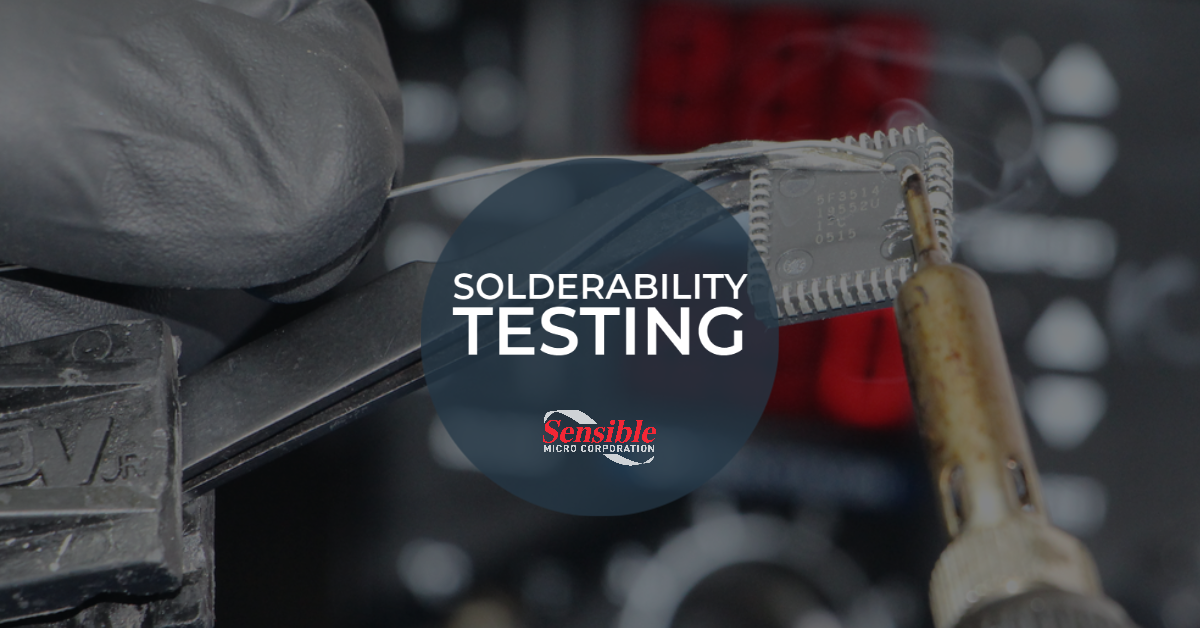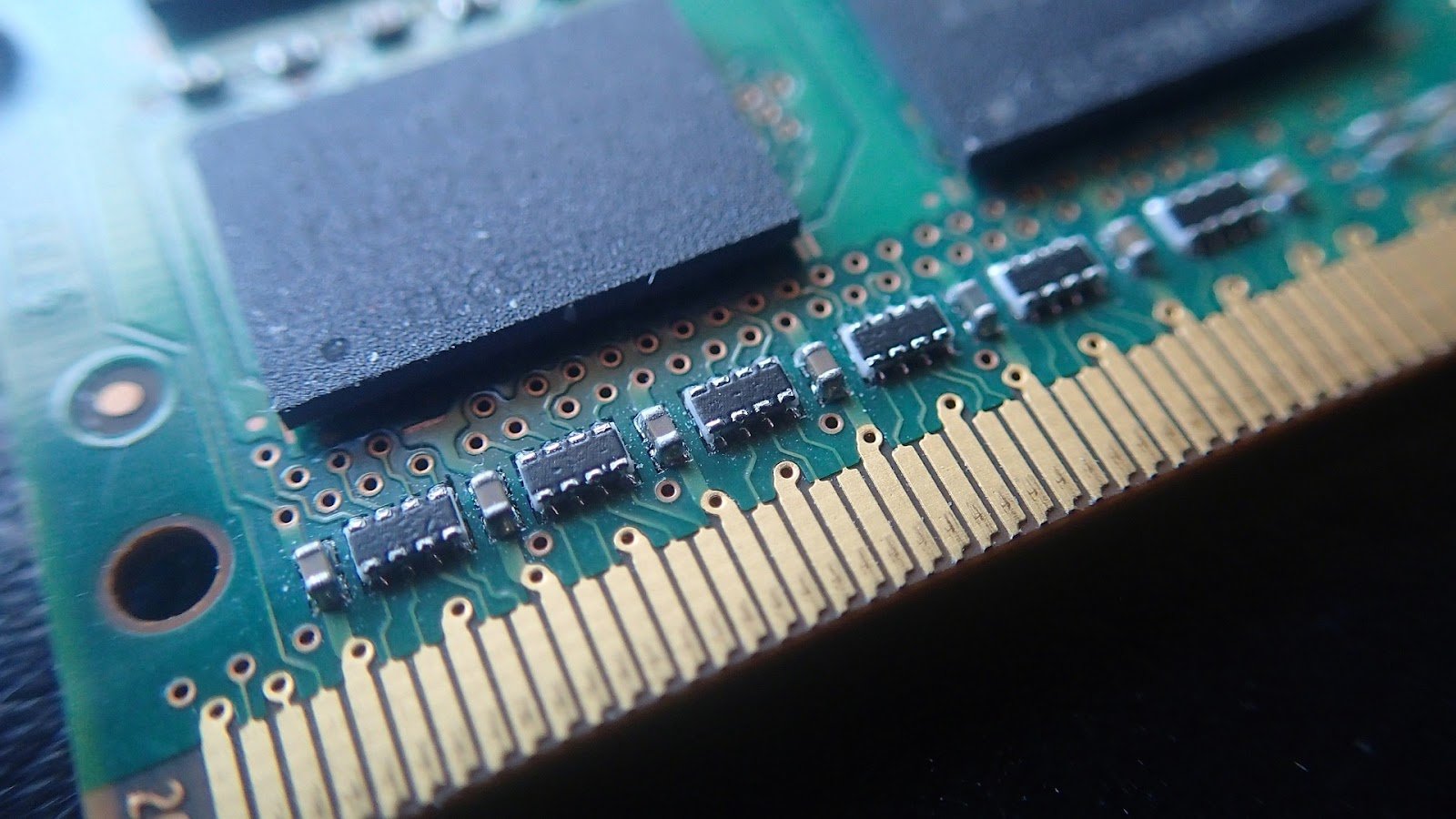An important tool for older electronic component testing, solderability testing measures the “solderability” of leads, terminals, wires, lugs, or other such terminations.
What is Solderability?
Solderability is a measure of the solder wetting characteristics of a surface. Good solder wetting will show itself in smooth and unbroken solder with strong adhesion to the soldered surface. Poor solderability, on the other hand, will result in non-whetting (when solder does not fully adhere and leaves all or part of the surface exposed) or dewetting (when solder recedes after coating a surface, creating uneven mounds but no exposure).
With a solderability test, you’re essentially trying to determine how well molten solder will wet on a component’s leads.
Two Types of Solderability Testing
There are two primary methods for conducting solderability tests: the dip-and-look method and the wetting balance method. Prior to testing, it is common for the components to go through an aging process (such as steam aging) to accelerate the lifecycle of the component and evaluate its future solderability.
- Dip-and-Look Testing: This method is a qualitative test — a simple judgment of the component’s physical and visual qualities after dipping in a bath of flux and molten solder. Comparative analysis reveals if it passes or fails.
- Wetting Balance Analysis: This is a quantitative test of the component’s solderability. The idea is to measure the wetting force as a function of time. The test surface is dipped in a bath of molten solder and the wetting forces imposed by the solder are plotted on a wetting curve as they change.
Which Type of Solderability Testing Do I Need?
This will depend upon whether your needs are more related to accuracy and detail or standardization and efficiency.
A wetting balance test is much more precise, yielding comprehensive data about wetting performance and strength over time. However, it also requires careful calibration and interpretation of the curve by a skilled person in a lab environment. As there are no standardized pass/fail criteria for this test, it is best suited to the engineering stage rather than monitoring production.
The dip-and-look test method is more cost-efficient and time-efficient, able to be performed rapidly by personnel with minimal training on the shop floor. The solderability test equipment needed for the dip-and-look method is simply much less expensive. There are also standardized criteria for acceptance with this test method (for example MIL-STD-883 Method 2003 defines a passed test as 95% coverage with a continuous solder coating). For these reasons, this type of solderability testing is widely used within process QA and reliability monitoring.
Solderability Tests With Sensible Micro
If you need solderability testing for electronic components, contact Sensible Micro for a quote. You’ll be able to access a full solderability test report through our online portal as soon as your testing is complete.



















